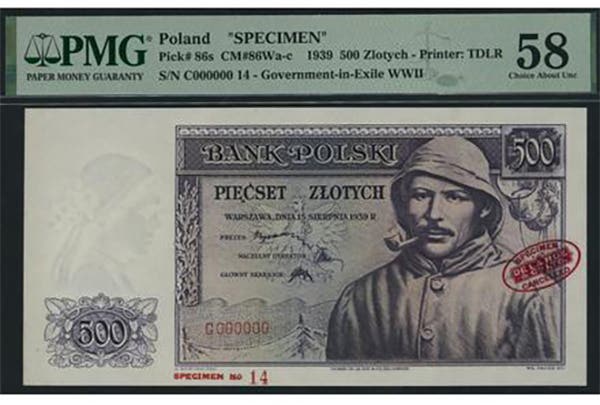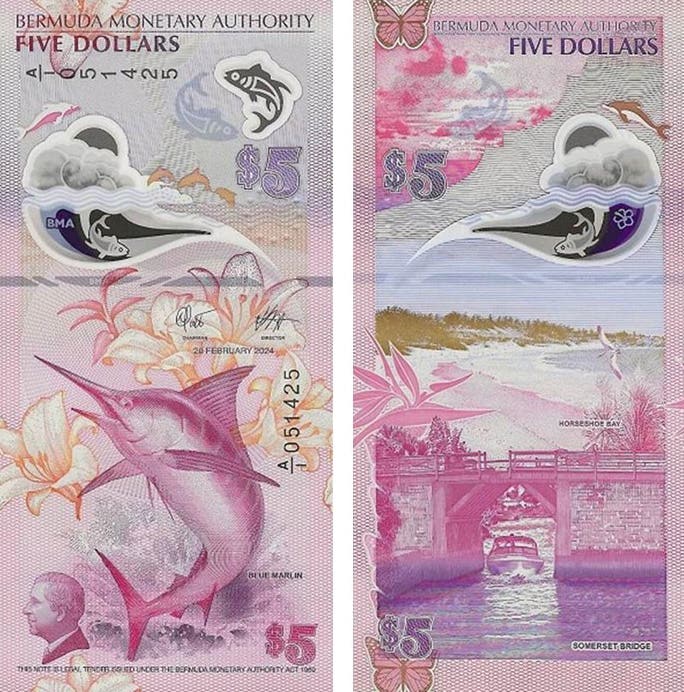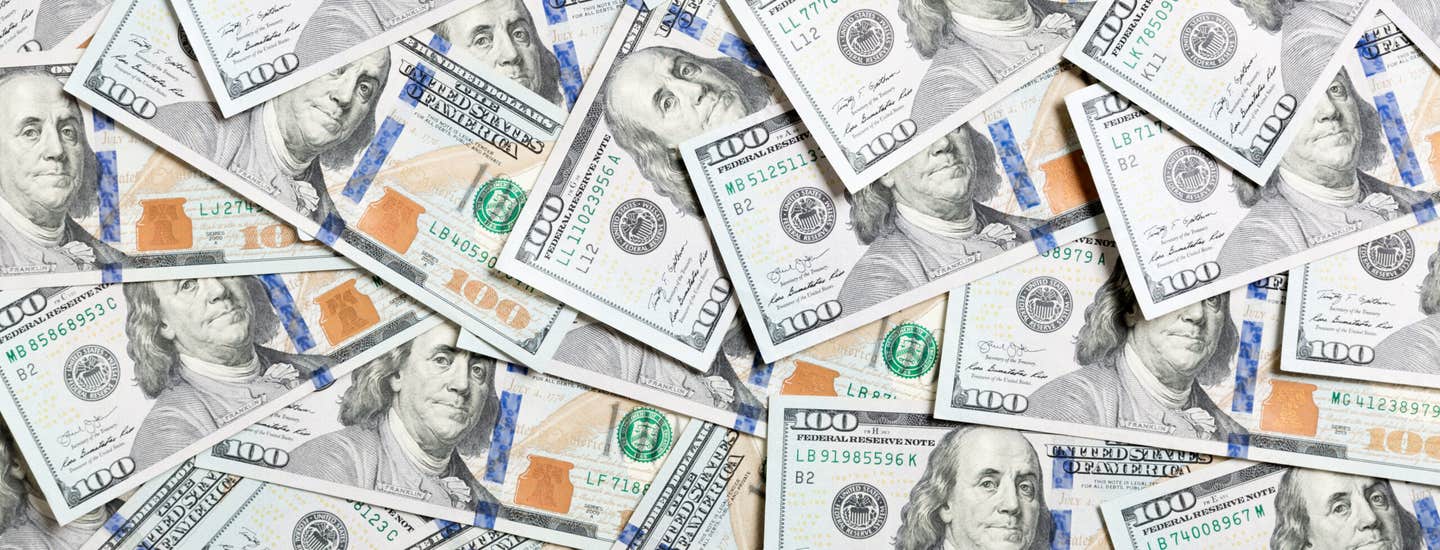Behind the Bank Note with Flemming Lyngbeck Hansen
Q. How long have you been a bank note collector? About 40 years. Q. What type of bank notes do you collect the most? Bank notes from Denmark, Faeroe Islands…
Q. How long have you been a bank note collector?
About 40 years.
Q. What type of bank notes do you collect the most?
Bank notes from Denmark, Faeroe Islands and Greenland are my main interest.
Q. What is the most interesting Færoe Islands bank note you have encountered?
It has to be the 20 kroner note from 1986 with serial number 1.
Q. What is the most memorable or noteworthy note in your collection? Q. What do you find most interesting about Denmark bank notes?
If I shall pick one out, it would be the 10 kroner note 1913 with serial number 1. The most interesting for me regarding Danish notes are, besides their good look, their numbering / signature system, which is a bigger puzzle, which I have been working on for a long time. Error notes are also of interest.
Q. How common are Denmark replacement notes?
Danish replacements only occur in the landscape series (SCWPM 42-48), and there are two different types of replacements. The indicator for a note being a replacement, you will find in the suffix of the serial number. The suffix 0J indicates that sheets have been replaced, which makes this type of replacement rather common. The suffix 0K indicates that single notes have been replaced, which makes this type of replacement quite scarce.
Q. What note from either Denmark or the Færoe Islands are you still seeking for your collection?
Apart from type collecting, I am seeking notes with fancy serial numbers or rare signatures.
Q. Over the course of your career and study of bank notes, what do you think has most impacted currency growth and development?
The first many years of my bank note collecting, the growth of bank notes followed inflation and the general growth in society. But in the last 20 years, it has gone the other way. The number of bank notes in circulation in Denmark and the rest of the Scandinavian countries has steadily decreased, due to the increased use of card, internet, and phone payments. As a consequence, in 2015 it was decided to outsource the printing of banknotes for Denmark to France, and the first of these new notes saw circulation in late 2020. In Sweden the number of transactions where cash was involved was about 20 percent of all transactions and decreasing. The value of these 20 percent amounts to 1 percent of the value of all transactions. All the Nordic countries have an aim to be basically cashless by 2030, although cash is not believed to disappear completely; a reserve is needed, if society breaks down. It was for example seen during the COVID-19 lockdown in Spring 2020, that people hoarded cash – just in case… This development towards a cashless society is possible due to high trust from the population in financial institutions and governments. The trend towards a cashless society is not seen in most of the rest of the world, where the number of bank notes is on the rise. Where does that leave the Scandinavian banknote collector? Well, we can still be lucky to find uncirculated notes in ATM´s, but otherwise it is becoming increasing difficult to find new notes.
Q. What do you most want people to understand and appreciate about bank notes?
The development in security features, especially in the last 30 years, since the first polymer bank notes appeared. It tells people that issuers do their best to make bank notes a safe means of payment.
Q. If you were able to give advice on growing a Færoe Islands or Denmark bank note collection, what would you suggest?
Start with the more common types like the Hans Christian Andersen notes, and grow the collection within the means of your wallet. Note that all notes issued after 1945 are still valid.








